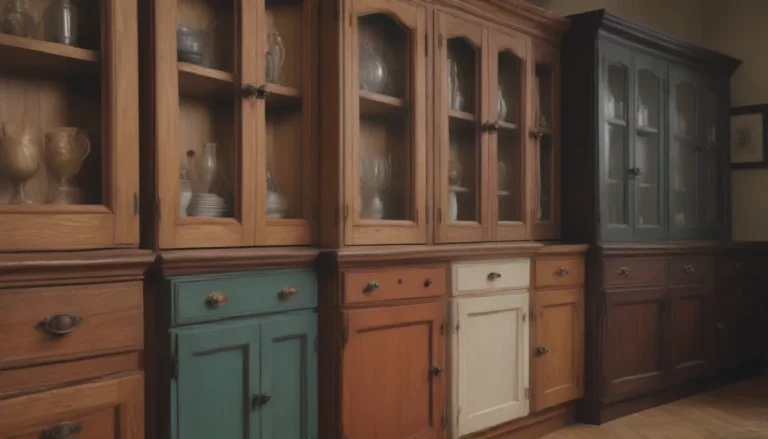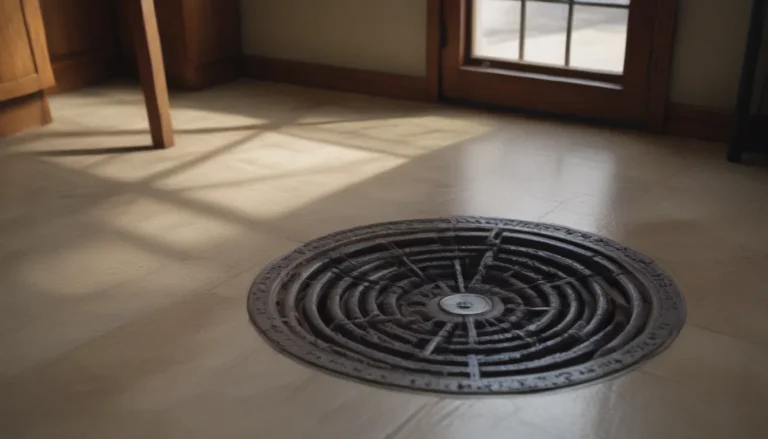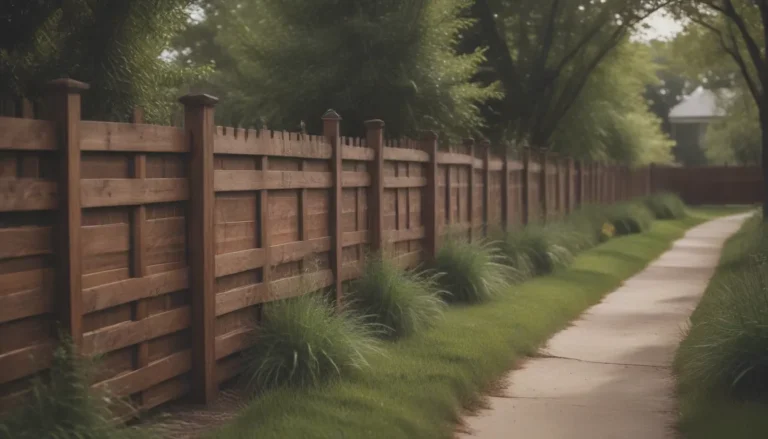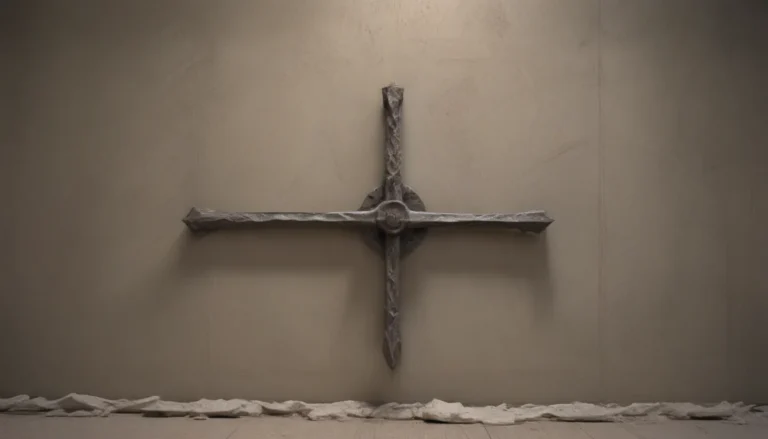The Ultimate Guide to Choosing the Best Bathroom Wall Options
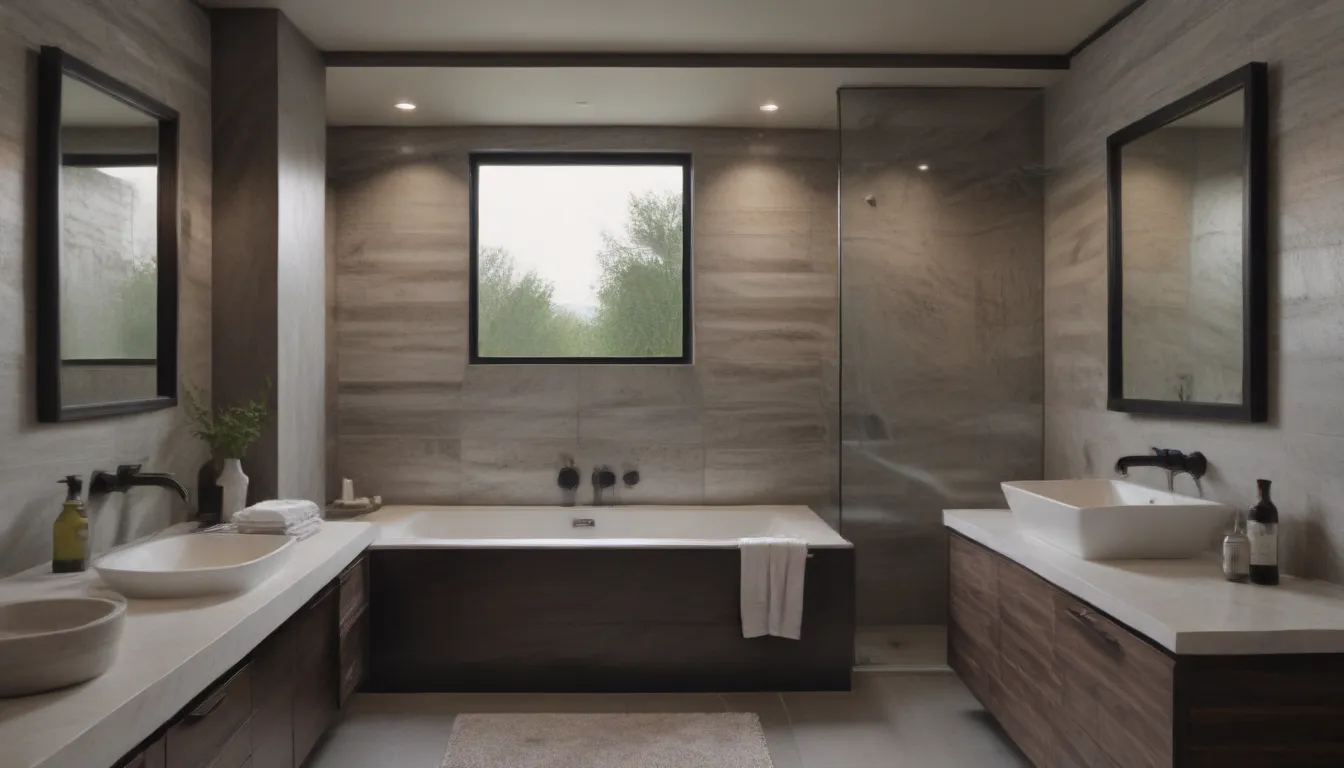
When it comes to remodeling or building a new bathroom, choosing the right wall material is crucial. Bathroom walls are subject to moisture and humidity, making it essential to select a material that can withstand these conditions while also being easy to clean. In this comprehensive guide, we will explore the top bathroom wall options available to help you make an informed decision for your next project.
Understanding Bathroom Wall Surfaces
Bathroom walls require special attention due to the constant exposure to water and moisture. While walls in other parts of the home can tolerate most types of wall coverings, bathrooms demand a more durable and water-resistant solution. Here are some popular bathroom wall surfaces to consider:
Surface | Pros | Cons
— | — | —
Vinyl Wallpaper | – Functionality in moist environments – Wide range of designs | – May not adhere to certain wall surfaces
Semi-Gloss Paint | – Affordable option – Resistant to moisture | – Limited design options
Ceramic or Glass Tile | – Classic and durable choice – Easy to clean | – Installation can be labor-intensive
Beadboard | – Provides partial coverage – Protects lower parts of the walls | – May not suit modern bathroom styles
Tileboard | – Economical option – Easy to install | – Prone to swelling if exposed to water
Now, let’s dive into more detail about each of these bathroom wall options to help you decide which one is right for your needs.
Vinyl Wallpaper
Vinyl-coated wallpaper is a practical choice for bathroom walls due to its resistance to moisture. While traditional paper coverings degrade in humid environments, vinyl wallpaper offers a durable and stylish solution. Modern vinyl wallpapers come in a variety of designs and textures, making it easy to find a style that complements your bathroom decor.
To ensure the best results with vinyl wallpaper, make sure your wall surface can accept peelable vinyl wallpaper. Additionally, consider using it in conjunction with a surface that covers the lower section of the walls to protect against direct moisture exposure.
“Vinyl wallpaper has evolved into a sophisticated option for bathroom walls, offering both functionality and style.”
Semi-Gloss Paint
If you’re looking for a cost-effective option for your bathroom walls, consider using semi-gloss or high gloss interior paint. These paint finishes repel water and are easy to clean, making them ideal for bathrooms. Premium paints with mold-killing additives allow you to achieve a flat sheen while still maintaining moisture resistance.
The versatility and affordability of paint make it a popular choice for bathroom walls. Whether you opt for regular interior paint or designated bathroom paint, you can achieve a fresh look without breaking the bank.
Ceramic or Glass Tile
For a classic and timeless look, ceramic or glass tile is an excellent choice for bathroom walls. These materials are inherently water-resistant and can withstand the test of time in high-moisture environments. Whether you prefer a sleek glass tile or a traditional ceramic option, you can create a beautiful and functional bathroom space with tile.
When choosing tile for your bathroom walls, consider the design impact of grout lines. Too many tiles can overwhelm a small space, so opt for a partial tiling approach to balance aesthetics and practicality.
Beadboard
Beadboard is a charming option for adding texture and interest to your bathroom walls. This partial coverage solution protects the lower half of the walls from moisture while adding a touch of character to the space. Easy to install and paint, beadboard is a versatile choice for achieving a classic look in your bathroom.
Whether you prefer the convenience of panel beadboard or the authenticity of individual planks, this wall material can enhance the visual appeal of your bathroom.
Tileboard
Tileboard offers a budget-friendly alternative to ceramic tile with the appearance of real tile. While it may not have the same longevity as ceramic or glass tile, tileboard is a quick and easy solution for updating your bathroom walls. Keep in mind that tileboard can swell if exposed to water, so proper sealing and maintenance are essential for long-term durability.
“Tileboard provides a cost-effective way to refresh your bathroom walls, but may not offer the same longevity as ceramic or glass tile.”
Maintaining Your Bathroom Walls
Regardless of the material you choose for your bathroom walls, proper maintenance is key to preserving their appearance and functionality. Here are some tips for keeping your bathroom walls clean and well-maintained:
- Wipe down the walls regularly to remove dust and moisture buildup
- Use a cleaning solution appropriate for your wall material to prevent mold growth
- Consider porcelain, ceramic, or glass tile for a long-lasting and water-resistant option
- Acrylic sheeting can provide a durable and cost-effective alternative for bathroom walls
- Semi-gloss paint offers a moisture-resistant finish that is easy to clean and maintain
By following these maintenance tips and selecting the right wall material for your bathroom, you can create a space that is both beautiful and functional for years to come.
In conclusion, when choosing the best bathroom wall option for your next project, consider factors such as durability, moisture resistance, and design aesthetic. Whether you opt for vinyl wallpaper, semi-gloss paint, ceramic tile, beadboard, or tileboard, each material offers unique benefits for enhancing your bathroom space.
Remember to choose a wall material that suits your style preferences and maintenance routine to ensure a successful and long-lasting renovation. With the right bathroom wall option, you can create a stylish and functional space that will withstand the test of time.
